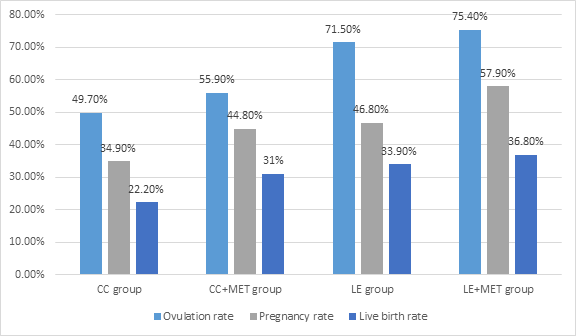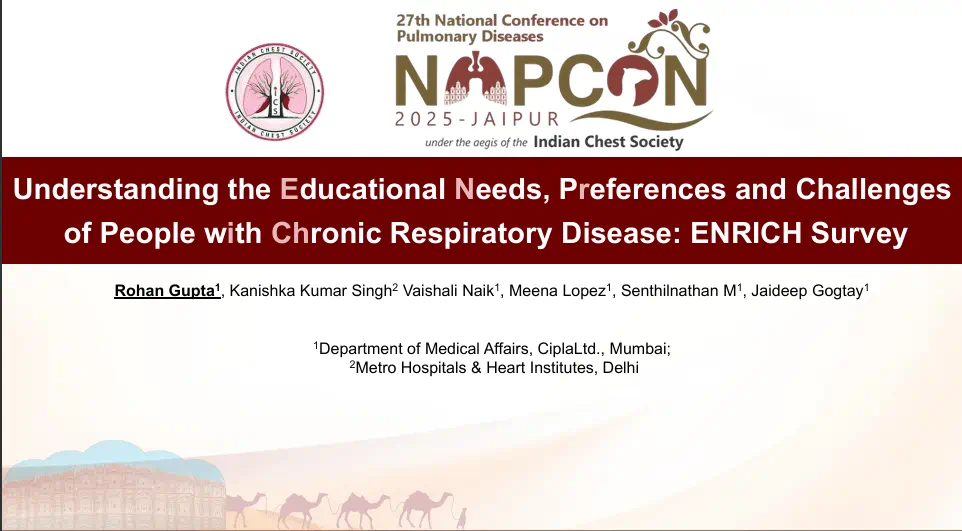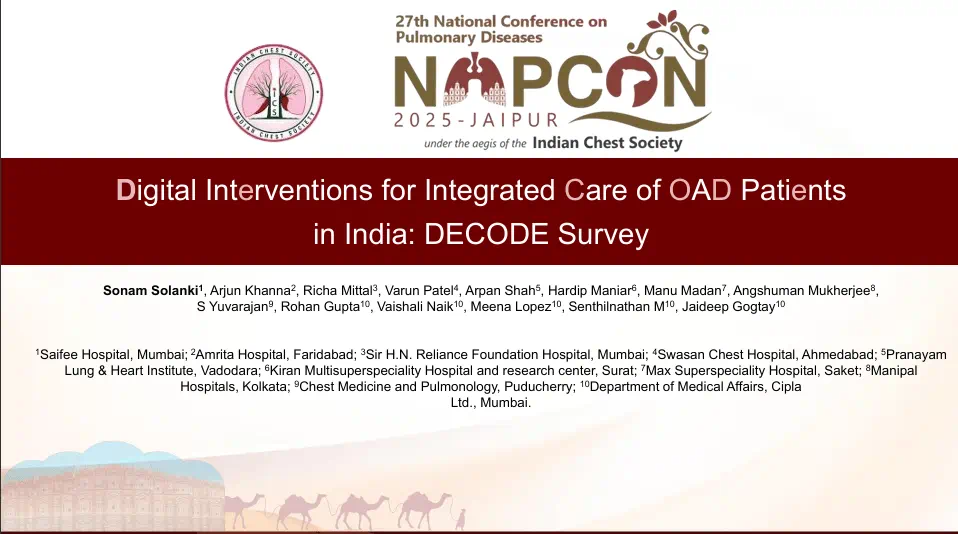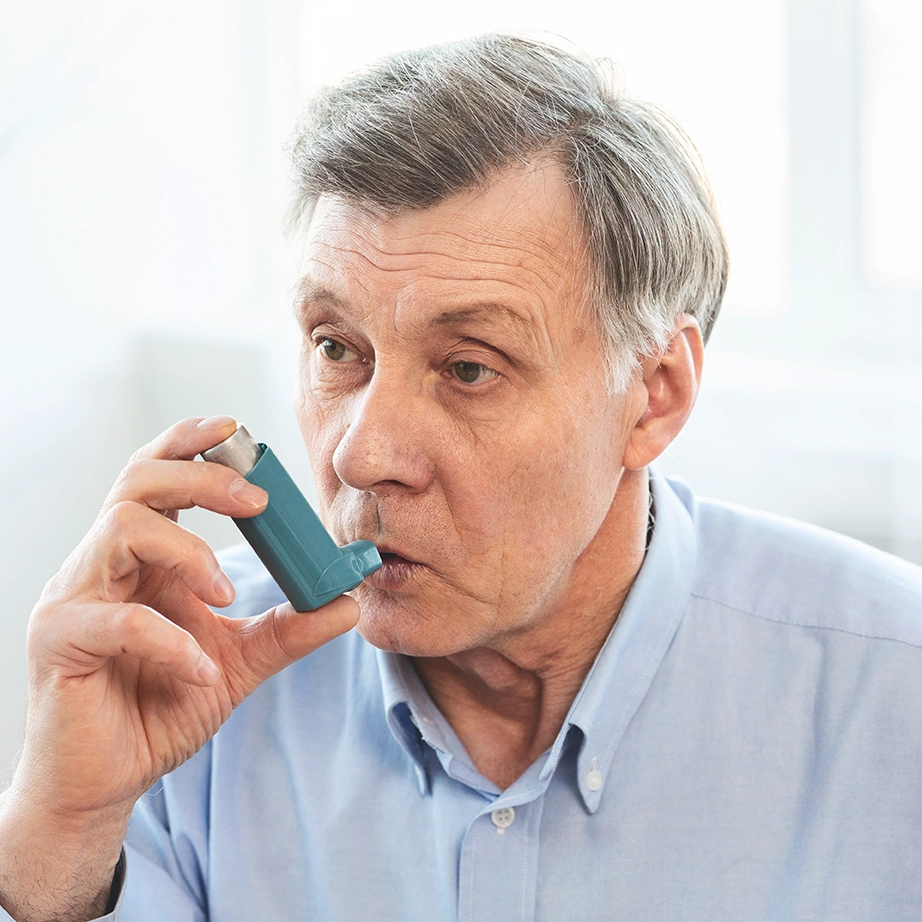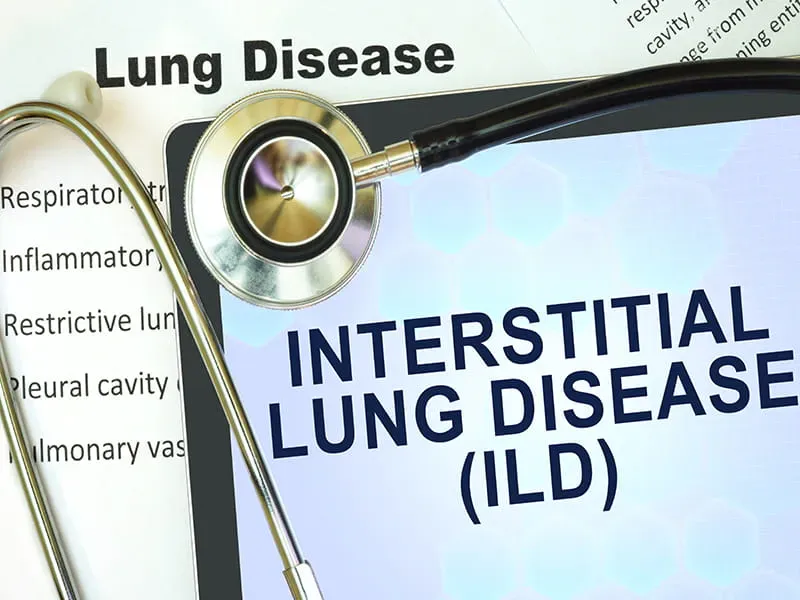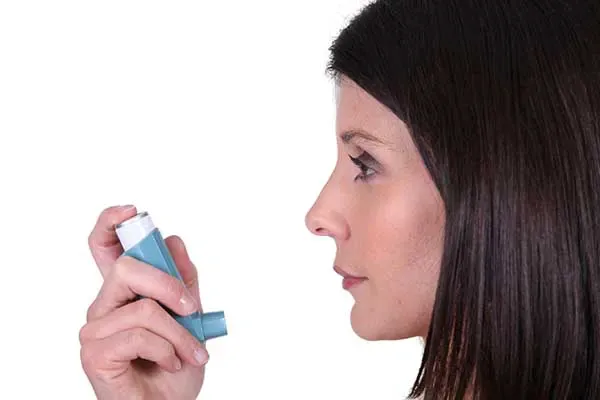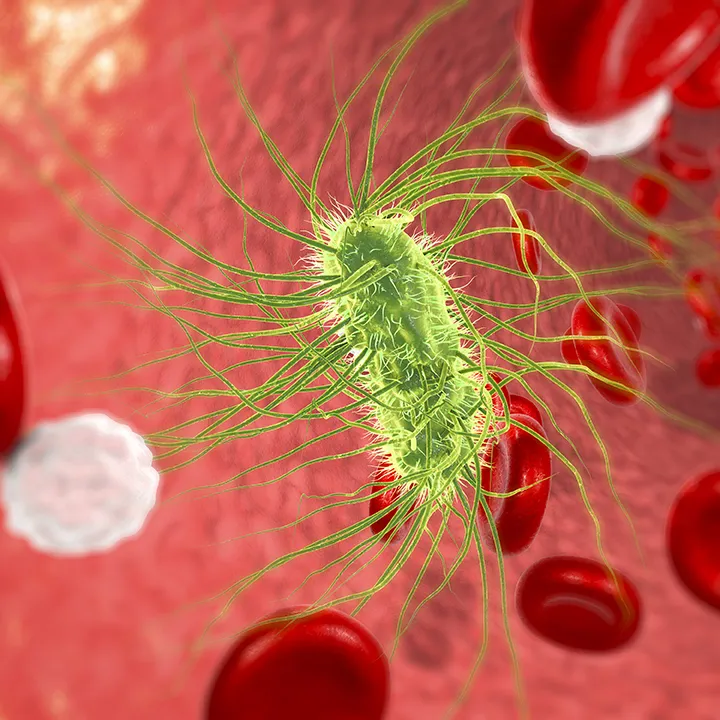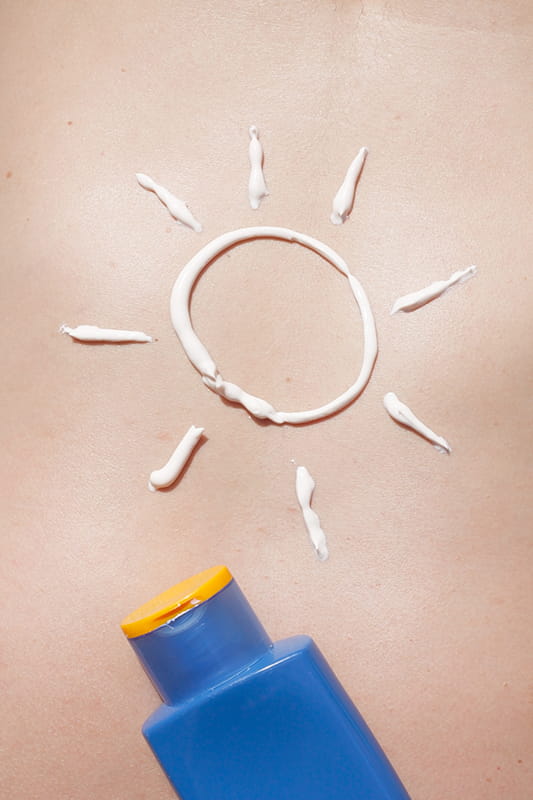Clomiphene 'Stair Step' Protocol Might Improve Ovulation Rates in Women with Polycystic Ovarian Syndrome
Introduction
Clomiphene citrate (CC) has been traditionally used for ovulation induction in women with polycystic ovarian syndrome (PCOS). However, it might take several months to identify the CC non-responders. The research team proposed a novel ‘stair-step’ protocol in case of patients where the dose of CC is ineffective, wherein the dose of CC could be increased immediately after an ultrasound. They aimed to assess if this protocol shortened the time to ovulation. In the current study, they compared their findings with published studies using the traditional protocol.
Aim
To compare the outcomes of ‘stair step’ clomiphene protocol with the traditional protocol in PCOS women who fail to respond to stimulation with 50 mg CC and to evaluate if the novel protocol shortens the time to ovulation.
Method
Study design
- Retrospective analysis at an academic fertility center
- The analysis recruited 31 anovulatory or oligoovulatory women, who did not respond to 50 mg CC for 5 days
- The patients underwent stimulation with stair step protocol
- The cohort was compared with the published outcomes of the historic controls
- The stair step protocol is performed as below
- 50 mg CC for 5 days
- Ultrasound (U/S) on days 11-14
- In case of no follicles >10 mm, CC 100 mg is given immediately for 5 days
- U/S repeated after a week from the first U/S
- In case of no response, CC 150 mg is given for 5 days
- U/S performed after a week from second U/S
- Ovulation was confirmed by pregnancy during the treatment cycle or presence of preovulatory follicle by U/S followed by menses with onset at the expected time
End Points
- Time to achieve ovulation calculated from day 1 of the first cycle to day of successful ovulation
- In case of no ovulation, treatment time was calculated upto the day of stopping the treatment (complete CC failure) or to the date of last follow up upto 88 days
- Ovulation rate compared with published incidence rates for the traditional regimen
- Clinical pregnancy rate
- Total costs of monitoring and treatment
Results
- Patients stimulated with CC 100 mg using the stair step protocol had a significantly higher ovulation rate of 64% as compared to 22% with the traditional protocol (p=0.001) as seen in figure 1.
- The ovulation rate using CC 100 or 150 mg with the stair step protocol (p=0.002) was 74% as compared to expected ovulation rate of 35.5% with the traditional protocol as seen in figure 1.
- The time to ovulation was shorter with the novel protocol (23-35 days vs 55-88 days)
- There was no significant difference in the clinical pregnancy rate which was 13% with the stair step protocol as compared to 15% per cycle with the traditional protocol
- Although the estimated total cost of monitoring and treatment was higher with the novel protocol ($436 vs $299), the estimated cost of treatment per ovulatory cycle was lesser ($589 vs $879) because of higher ovulation rates.
Conclusion
The novel ‘stair step’ protocol significantly improved the ovulation rates and reduced time to ovulation in PCOS women. It is not imperative to induce menses before increasing the doses of CC in case of CC non-responders.
Am J Obstet Gynecol. 2009 May;200(5):510.e1-4. Doi: 10.1016/j.ajog.2008.10.031.


